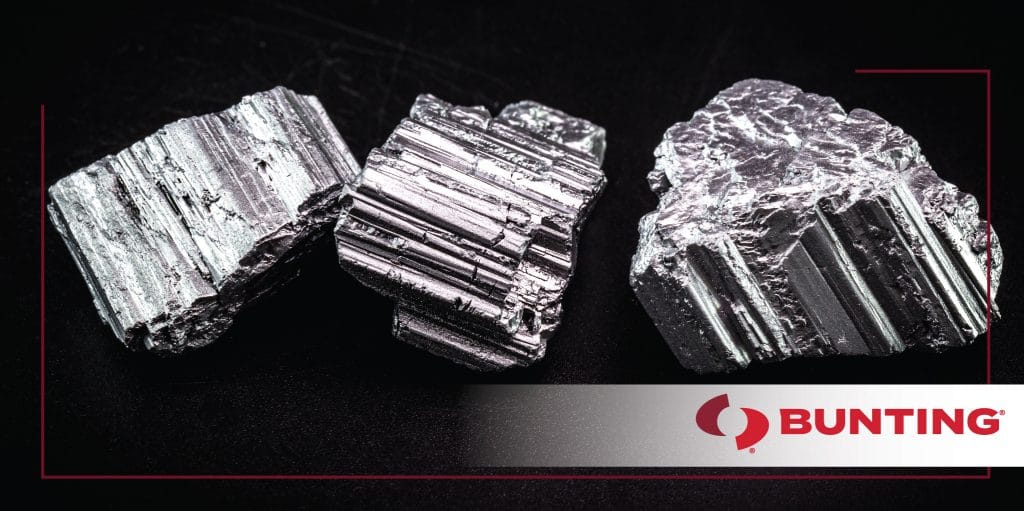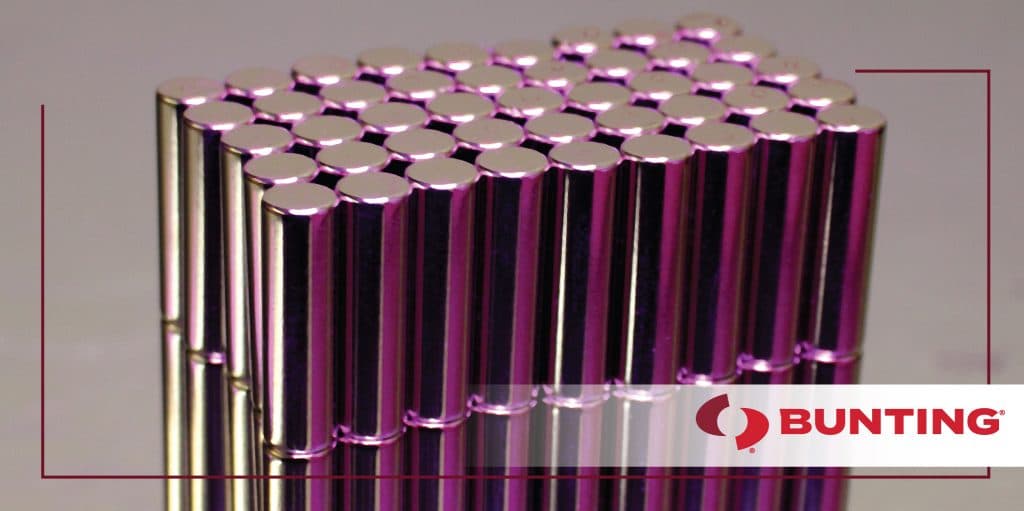The History of Neodymium Magnets
By Paul Fears | 28 February 2022
The origin of the neodymium magnets dates back to 1885 when Carl Auer von Welsbach, an Austrian scientist and inventor, separated didymium into the new separate elements neodidymium (“new didymium”) and praseodidymium (“green didymium”). In time, the element names would change to neodymium and praseodymium.

Neodymium (Nd) is the fourth member of the lanthanide ‘rare-earth elements’ series with the atomic number 60. Surprisingly, the element neodymium is the 27th most common element in the Earth’s crust, although not occurring naturally in metallic form or unmixed with other lanthanides. The element is found in significant quantities in ore minerals such as monazite and bastnäsite.
Neodymium Magnets Development
Nearly 100 years passed before Dr Masato Sagawa led the development and commercialisation of the sintered rare-earth Neodymium Iron Boron magnet whilst working for Sumitomo Special Metals in Japan. His achievement was recently recognised with Dr Sagawa being awarded the 2022 Queen Elizabeth Prize for Engineering (QEPrize). At the same time as Sumitomo, General Motors in the USA invented and supplied melt-spun nanocrystalline isotropic neodymium powder for bonded magnets manufacturing. Both production techniques are still used today.
The development of Neodymium Iron Boron magnets was driven by the rising cost of Samarium Cobalt (SmCo) permanent magnets. Dr Sagawa created the new sintered Nd2Fe14B compound by replacing scarce and expensive cobalt and samarium with more abundant and cheaper iron and neodymium, whilst at the same time introducing boron to improve the magnetic properties — the first step in delivering high performance to a mass market.

Dr Sagawa then led research and development in the 1980s and early 1990s to successfully overcome the issues of sudden reduction of magnetic coercivity at high temperature, most notably by adding dysprosium (Dy) to improve heat resistance. This led to development of high-volume manufacturing techniques, commercialising the innovation.
Endless Neodymium Magnets Applications
Neodymium magnets were immediately more popular than Samarium Cobalt magnets, mainly due to the significant price difference. Both iron and neodymium were significantly lower in purchase price than the cobalt and samarium used in SmCo. Applications requiring a greater tolerance of high temperatures and resistance to corrosion remain better suited to Samarium Cobalt magnets, but NdFeB expanded the possibilities for high-strength permanent magnets.

In the modern world, Neodymium magnets play a key role in many technologies. These include, but are not limited to:
- Mobile phones
- Computers
- Electric vehicles
- Motors
- Sensors
- Wind turbines
Although China continues to mine and produce 87% of the world’s Neodymium magnets (NdFeB magnets), (source: Marco Polo 16th November 2021) , the ever-increasing demand is driving the development of reserves in many other territories. Additionally, waste has been identified as a key source of rare earth magnet material and programmes such as SUSMAGPRO in the European Union is developing processes to recover, reuse and recycle such magnets.
Related Technical Articles
- SUSMAGPRO – Rare Earth Magnets Recycling Task Force
- Explaining Neodymium Magnets Strength
- Rare Earth Magnets in Electric Vehicle Motors
Magnet and Magnet Assembly Design
Bunting designs and manufactures a wide range of magnets and magnetic assemblies. Many are bespoke for specific applications. For further information on any of the products mentioned in this article, or for bespoke magnet assemblies and magnet designs, please contact us via:
Phone: +44 (0) 1442 875081
Email: sales.berkhamsted@buntingmagnetics.com
Via Bunting-eMagnets for online purchase of Magnets and Magnetic Technology
Follow us for all our latest news on Social Media


